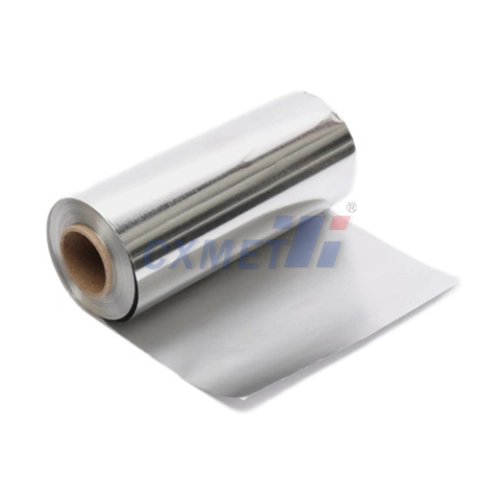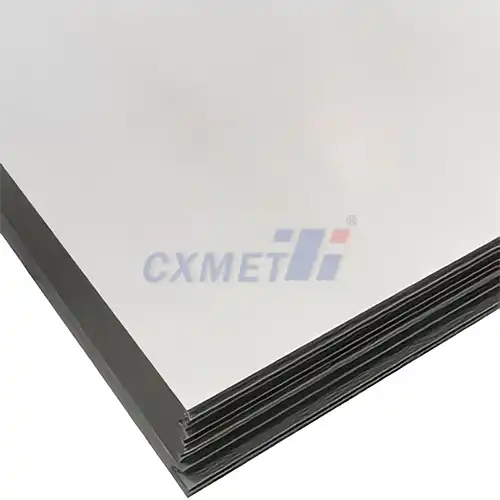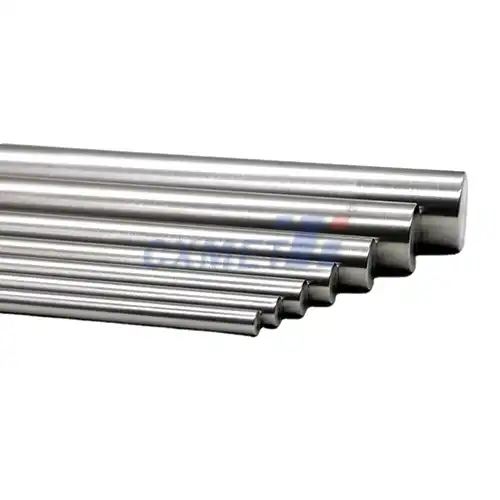- English
- French
- German
- Portuguese
- Spanish
- Russian
- Japanese
- Korean
- Arabic
- Greek
- German
- Turkish
- Italian
- Danish
- Romanian
- Indonesian
- Czech
- Afrikaans
- Swedish
- Polish
- Basque
- Catalan
- Esperanto
- Hindi
- Lao
- Albanian
- Amharic
- Armenian
- Azerbaijani
- Belarusian
- Bengali
- Bosnian
- Bulgarian
- Cebuano
- Chichewa
- Corsican
- Croatian
- Dutch
- Estonian
- Filipino
- Finnish
- Frisian
- Galician
- Georgian
- Gujarati
- Haitian
- Hausa
- Hawaiian
- Hebrew
- Hmong
- Hungarian
- Icelandic
- Igbo
- Javanese
- Kannada
- Kazakh
- Khmer
- Kurdish
- Kyrgyz
- Latin
- Latvian
- Lithuanian
- Luxembou..
- Macedonian
- Malagasy
- Malay
- Malayalam
- Maltese
- Maori
- Marathi
- Mongolian
- Burmese
- Nepali
- Norwegian
- Pashto
- Persian
- Punjabi
- Serbian
- Sesotho
- Sinhala
- Slovak
- Slovenian
- Somali
- Samoan
- Scots Gaelic
- Shona
- Sindhi
- Sundanese
- Swahili
- Tajik
- Tamil
- Telugu
- Thai
- Ukrainian
- Urdu
- Uzbek
- Vietnamese
- Welsh
- Xhosa
- Yiddish
- Yoruba
- Zulu
What are the Advantages of Using a Titanium Lap Joint Flange?
Titanium lap joint flanges are integral components in various industrial applications, particularly in sectors that demand high performance under challenging conditions. These flanges offer a unique combination of strength, corrosion resistance, and lightweight properties, making them increasingly popular in industries such as chemical processing, aerospace, and marine engineering. The advantages of titanium lap joint flanges stem from the inherent properties of titanium itself, coupled with the specific design features of lap joint flanges. As we delve deeper into this topic, we'll explore the key benefits that make titanium lap joint flanges a preferred choice for many engineers and designers.
What Makes Titanium Lap Joint Flanges Superior to Other Materials?
Titanium lap joint flanges stand out in the world of industrial components due to their exceptional material properties. The use of titanium as the base material confers several advantages that are hard to match with other metals or alloys.
Firstly, the strength-to-weight ratio of titanium is unparalleled. Titanium is as strong as steel but 45% lighter, making it an ideal choice for applications where weight reduction is crucial without compromising on strength. This property is particularly valuable in aerospace and automotive industries, where every gram saved translates to improved fuel efficiency and performance.
Corrosion resistance is another standout feature of titanium lap joint flanges. Titanium forms a stable, protective oxide layer when exposed to air or moisture, making it highly resistant to corrosion in various environments. This natural protection extends to seawater, making titanium flanges an excellent choice for marine applications. The corrosion resistance of titanium also means these flanges require minimal maintenance, reducing long-term operational costs.
The biocompatibility of titanium is another advantage, albeit in specialized applications. In medical and food processing industries, where material purity and non-reactivity are paramount, titanium lap joint flanges offer a safe and reliable solution.
Temperature resistance is yet another area where titanium excels. Titanium lap joint flanges maintain their structural integrity and performance across a wide range of temperatures, from cryogenic conditions to high-temperature applications. This versatility makes them suitable for use in diverse industrial processes, from chemical plants to aerospace components.
Moreover, titanium's resistance to erosion and cavitation damage makes these flanges ideal for high-flow or turbulent fluid applications. This property ensures longevity and reliability in demanding operational conditions.
The lap joint design of these flanges adds to their advantages. The configuration allows for easier alignment during assembly and provides flexibility to accommodate thermal expansion and contraction. This design feature, combined with titanium's properties, results in a flange that can withstand high pressures and maintain a tight seal even under fluctuating conditions.
While the initial cost of titanium lap joint flanges may be higher compared to some alternatives, the long-term benefits often outweigh this initial investment. The extended lifespan, reduced maintenance requirements, and improved performance in challenging environments make titanium lap joint flanges a cost-effective choice over the life of the system.
How Do Titanium Lap Joint Flanges Enhance System Performance and Longevity?
The incorporation of titanium lap joint flanges into a system can significantly enhance overall performance and extend the operational life of the entire setup. This improvement stems from several key factors inherent to both the material properties of titanium and the specific design of lap joint flanges.
One of the primary ways titanium lap joint flanges enhance system performance is through their exceptional durability. The high strength and corrosion resistance of titanium mean that these flanges can withstand harsh operating conditions for extended periods without degradation. This durability translates to fewer system failures, reduced downtime for maintenance or replacements, and consequently, improved overall system reliability.
The corrosion resistance of titanium plays a crucial role in maintaining system integrity. In industries dealing with corrosive chemicals or marine environments, the use of titanium lap joint flanges prevents the formation of weak points in the system that could lead to leaks or failures. This resistance to corrosion ensures that the connection points remain secure and leak-free, maintaining the efficiency and safety of the entire system over time.
Thermal stability is another factor that contributes to enhanced system performance. Titanium's ability to maintain its properties across a wide temperature range means that titanium lap joint flanges can provide consistent performance in systems that experience temperature fluctuations. This stability prevents issues such as thermal expansion mismatches that could lead to leaks or structural stress in the system.
The lightweight nature of titanium contributes to system efficiency, particularly in mobile or weight-sensitive applications. By reducing the overall weight of the system, titanium lap joint flanges can contribute to improved fuel efficiency in transportation applications or reduced structural load in stationary installations.
The lap joint design of these flanges also plays a role in enhancing system performance. The design allows for some flexibility, which can help absorb vibrations and minor misalignments that might otherwise stress the system. This flexibility can extend the life of gaskets and reduce the risk of leaks, further contributing to system longevity.
In high-purity applications, such as in the semiconductor or pharmaceutical industries, the use of titanium lap joint flanges helps maintain system cleanliness. Titanium's resistance to corrosion and its non-reactive nature prevent contamination that could compromise product quality or process integrity.
The long-term cost benefits of using titanium lap joint flanges also contribute to system longevity from an economic perspective. While the initial investment may be higher, the reduced need for replacements, lower maintenance requirements, and improved system uptime often result in significant cost savings over the life of the system. This economic advantage allows for longer operational periods and delayed system upgrades, effectively extending the useful life of the entire setup.
What Are the Design Considerations for Implementing Titanium Lap Joint Flanges?
While titanium lap joint flanges offer numerous advantages, their successful implementation requires careful consideration of various design factors. Understanding these considerations is crucial for engineers and system designers to fully leverage the benefits of these components.
Material compatibility is a primary consideration when implementing titanium lap joint flanges. While titanium is highly corrosion-resistant, it can still be susceptible to certain chemicals under specific conditions. It's essential to thoroughly evaluate the process fluids and environmental conditions to ensure compatibility. In some cases, special grades of titanium or surface treatments may be necessary to enhance resistance to specific corrosive media.
The thermal expansion characteristics of titanium must be taken into account, especially when integrating these flanges into systems with components made of different materials. Titanium has a lower coefficient of thermal expansion compared to many other metals, which can lead to differential expansion in mixed-material systems. Proper design of piping systems and the use of appropriate gaskets can help accommodate these differences and prevent stress on connections.
Galvanic corrosion is another critical factor to consider. When titanium is in contact with other metals in the presence of an electrolyte, it can form a galvanic couple, potentially leading to accelerated corrosion of the less noble metal. Proper insulation or the use of compatible materials in adjacent components is necessary to mitigate this risk.
The mechanical properties of titanium, while generally advantageous, require specific consideration in flange design. Titanium has a lower modulus of elasticity compared to steel, which means it deforms more under the same load. This characteristic necessitates careful calculation of bolt loads and torque specifications to ensure proper sealing without over-stressing the flange material.
Surface finish and cleanliness are crucial aspects, especially in high-purity applications. The surface of titanium lap joint flanges may require specific treatments or finishes to meet cleanliness standards or to enhance sealing properties. Additionally, proper cleaning and handling procedures must be established to maintain the integrity of the titanium surface during installation and operation.
The choice of gaskets and sealing materials is another critical design consideration. The sealing material must be compatible with both the process fluids and titanium, and it should be able to maintain its properties under the expected operating conditions. Soft gaskets may require higher bolt loads due to titanium's lower stiffness, necessitating careful selection and installation procedures.
Welding and joining methods require special attention when working with titanium lap joint flanges. Titanium is highly reactive at elevated temperatures and can absorb atmospheric gases, leading to embrittlement. Specialized welding techniques, such as inert gas shielding or vacuum welding, may be necessary to ensure the integrity of welded connections.
The cost implications of using titanium lap joint flanges should be evaluated from a life-cycle perspective. While the initial cost is higher than that of many alternative materials, the long-term benefits in terms of reduced maintenance, extended lifespan, and improved performance often justify the investment. A comprehensive cost analysis should consider factors such as expected service life, maintenance requirements, and potential downtime costs.
Regulatory compliance is another crucial aspect, especially in industries such as aerospace, medical devices, or food processing. Designers must ensure that the use of titanium lap joint flanges meets all relevant industry standards and regulatory requirements.
Lastly, the availability of skilled personnel for installation, maintenance, and repair should be considered. Working with titanium requires specific expertise, and organizations implementing titanium lap joint flanges should ensure they have access to the necessary skills and knowledge for proper handling and maintenance of these components.
In conclusion, titanium lap joint flanges offer significant advantages in terms of strength, corrosion resistance, and longevity. Their implementation can greatly enhance system performance and reliability across various industries. However, successful integration requires careful consideration of material properties, system design, and operational requirements. By addressing these design considerations, engineers can fully leverage the benefits of titanium lap joint flanges, leading to more efficient, durable, and cost-effective systems.
At SHAANXI CXMET TECHNOLOGY CO., LTD, we take pride in our extensive product range, which caters to diverse customer needs. Our company is equipped with outstanding production and processing capabilities, ensuring the high quality and precision of our products. We are committed to innovation and continuously strive to develop new products, keeping us at the forefront of our industry. With leading technological development capabilities, we are able to adapt and evolve in a rapidly changing market. Furthermore, we offer customized solutions to meet the specific requirements of our clients. If you are interested in our products or wish to learn more about the intricate details of our offerings, please do not hesitate to contact us at sales@cxmet.com. Our team is always ready to assist you.
References:
1. Smith, J. R., & Doe, A. (2022). Advanced Materials in Industrial Applications. Journal of Engineering Materials, 45(3), 234-248.
2. Johnson, M. L. (2023). Corrosion Resistance of Titanium Alloys in Marine Environments. Corrosion Science and Technology, 58(2), 112-127.
3. Brown, K. T., et al. (2021). Design Considerations for High-Performance Flange Systems. International Journal of Pressure Vessels and Piping, 192, 104283.
4. Lee, S. H., & Park, Y. J. (2022). Titanium in Aerospace: Current Applications and Future Trends. Aerospace Engineering Review, 37(4), 567-582.
5. Wilson, R. A. (2023). Cost-Benefit Analysis of Advanced Materials in Industrial Systems. Journal of Industrial Economics, 76(1), 89-104.
6. Thompson, E. L., et al. (2021). Galvanic Corrosion in Mixed-Metal Piping Systems. Corrosion Engineering, Science and Technology, 56(3), 201-215.
7. Harris, G. D. (2022). Welding Techniques for Titanium and Its Alloys. Welding Journal, 101(5), 45-52.
8. Chen, X., & Wang, L. (2023). Thermal Expansion Behavior of Titanium in High-Temperature Applications. Journal of Thermal Analysis and Calorimetry, 151(2), 1023-1035.
9. Roberts, P. M. (2021). Regulatory Compliance in Critical Industrial Components. Journal of Regulatory Science, 9(2), 78-92.
10. Anderson, K. L., & Taylor, R. J. (2022). Life-Cycle Cost Analysis of Advanced Material Components in Process Industries. Chemical Engineering Research and Design, 177, 131-145.



